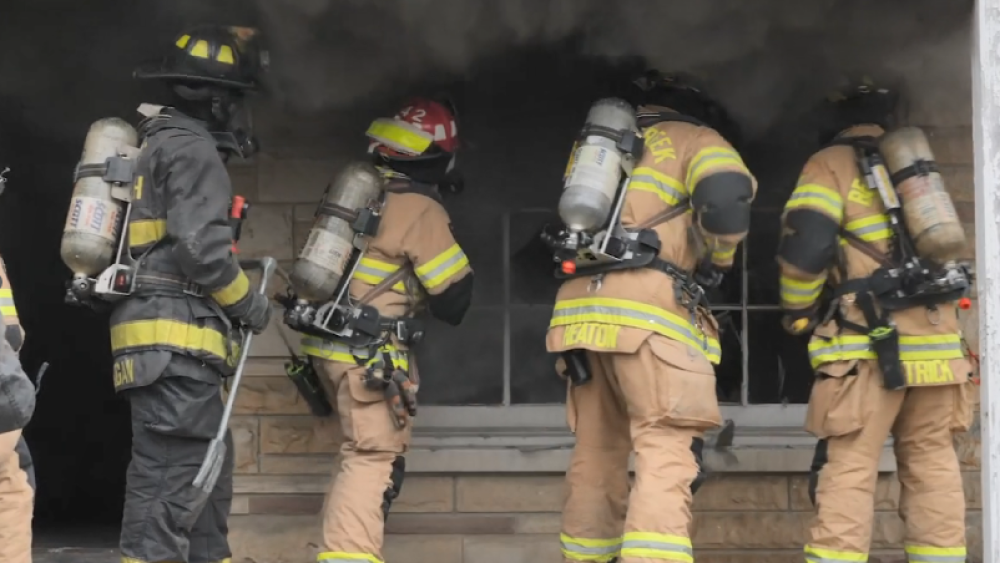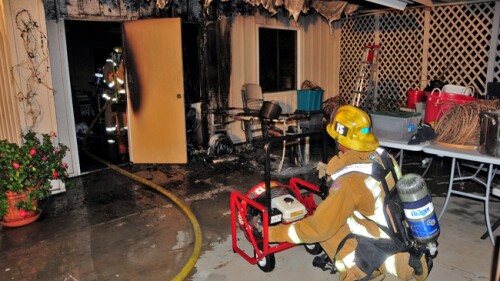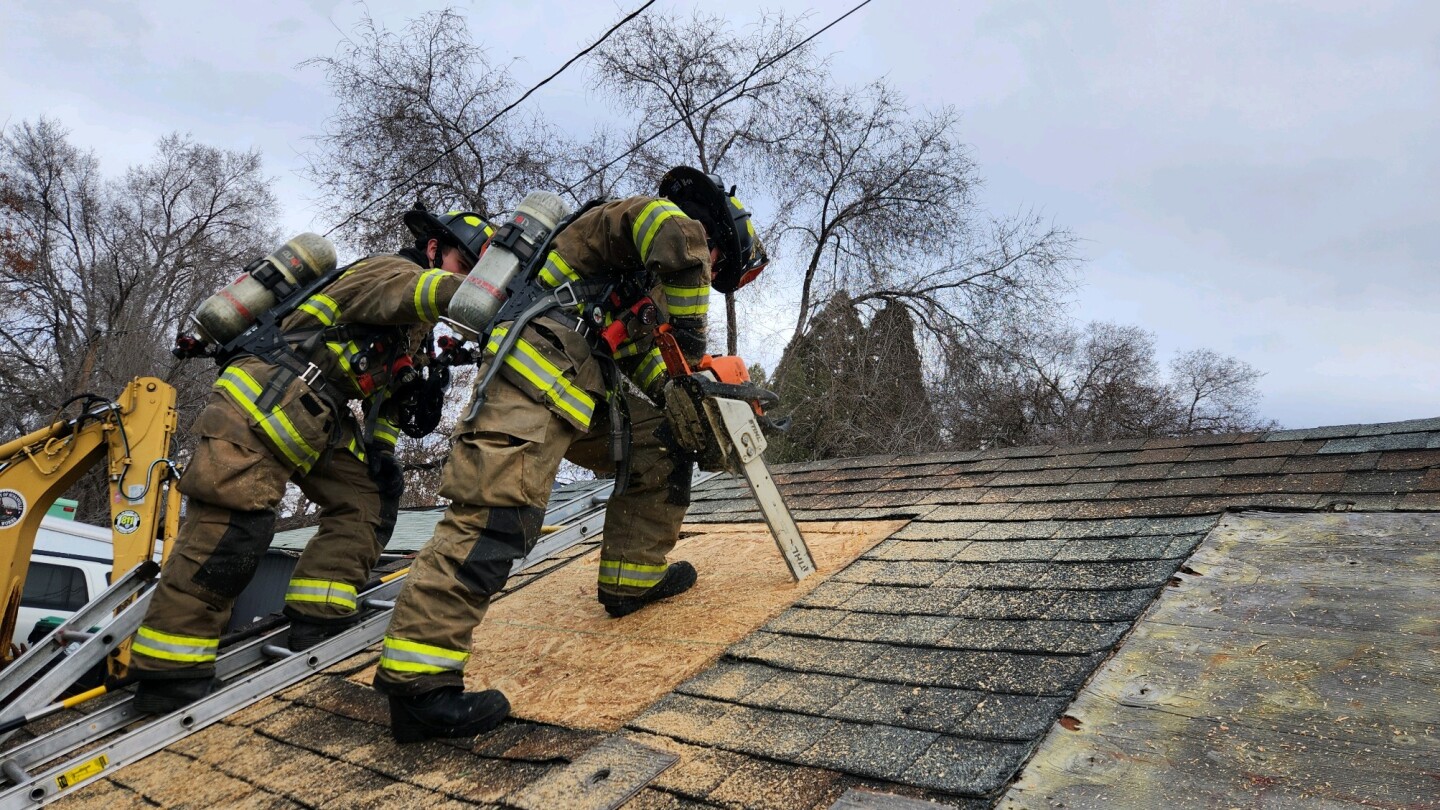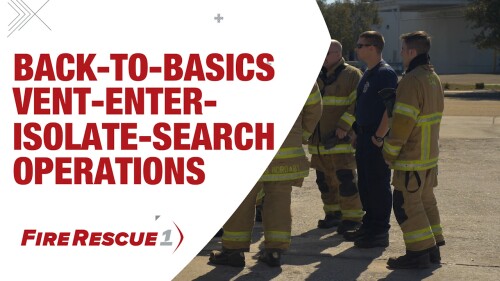As research continues to emerge, highlighting the importance of coordinated ventilation, firefighters are forced to adjust strategies and tactics. This special coverage series reviews the current ventilation-focused research and offers detailed steps for how to best implement the various ventilation operations – vertical ventilation, horizontal ventilation, positive pressure ventilation, among other tips and tricks to ensure safe fireground operations.
MOST POPULAR
- Mont. Foresters’ Ball exhibit honors smokejumpers killed in Mann Gulch Fire
- ‘Tough Mudder made me a better responder’
- What’s next for first responders after the passing of the Social Security Fairness Act
- Firefighters from 11 FDs rescue horses in Mass. 5-alarm stable blaze
- Halligan basics for firefighter forcible entry training
MORE FIREGROUND OPERATIONS
There are several ways you can manage the risks associated with incidents in lightweight wood frame constructions
In order to understand proper SCBA use, a department should have clear guidelines and an understanding of an IDHL atmosphere
SF LODDs are cause for the rest of us to take a serious gut check anytime we commit firefighters to the inside
The impact of ventilation is much more dramatic than many of us realize
If ignored, this tactic can be the event that moves a fire from a structure of origin to a fire that has a block of origin
VES requires some different parameters than that of a traditional search
Initially there were a lot of misunderstandings and misinformation about how to identify, and address, vehicles with these systems
Firefighters face a very serious threat once the fire in a disposable structure enters the truss void space











